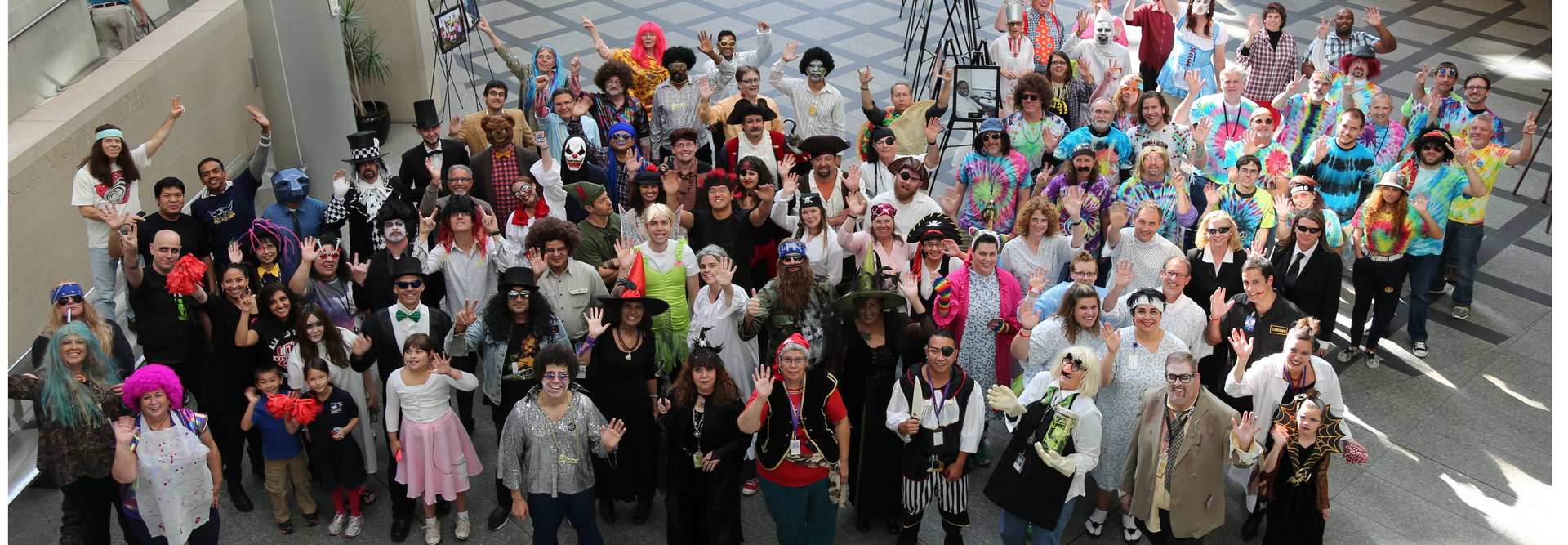Denver Brings Mindset of Silicon Valley to Government
There are few government agencies that would describe themselves as having a startup mentality and a culture of employee empowerment. Denver’s central IT department is one of those few.
At a time when many state and local IT departments are shrinking, the government IT workforce in Denver is growing — from 253 full-time employees in 2013 to 281 last year. Fewer employees are leaving the agency, and they’re more engaged. Over the past year, the agency has seen employee engagement scores soar from 7.2 to 27.05 (based on a scale of -100 to +100).
“A lot of organizations feel if you are around zero, you are doing something right,” says deputy CIO Chris Binnicker. “We jumped almost 20 points in a year.”
Binnicker, a 15-year veteran of the city’s IT operations, credits her boss, CIO Frank Daidone, for ushering in change. Daidone worked as Chipotle’s director of IT for eight years and later joined the city's Technology Services agency, in 2013. “I don’t think they had a culture quite as cool as ours, but they have a startup mentality,” Binnicker jokes about the fast-food chain.
In Denver, “we have spent the last couple of years really focused on making our employees happy and engaged because we know that is the most valuable resource that we have, and unless we do that, any project we take on, any implementation we undergo, we are not going to be successful,” she explains.
The department is rolling out several new services this year, including beginning the migration of 13,000 employees to Office 365 email, video chat and instant messaging, and implementing a new cloud-based enterprise application for human resource and finance. With a portfolio of more than 300 applications, it is critical that everyone is engaged, working as a team and feeling empowered to make decisions.
“We call it a culture of empowerment,” Binnicker says.
How Denver Keeps Employees Engaged
The city of Denver has put its money where its mouth is. Two years ago, the department drastically changed the way it administers employee training. Rather than allocating funds for training on new technology being rolled out, employees now get to decide how they want to spend their training dollars. The first year, employees received $550. This year, they each got two professional development days and $1,000, which Binnicker admits still isn’t enough, but it’s a great improvement. The increase in funding for each employee came not from city coffers but from better prioritization of existing funds.
There are checks and balances to ensure employees get to explore what interests them while also gaining skills that will ultimately improve delivery of services to other agencies and citizens.
“If you are a developer, and you put in a request to take a knitting class, the manager is probably going to say no,” Binnicker says. “We want them to get training in ways in which they are going to serve the citizens.
There are other employee perks.
“We let our employees wear jeans,” she notes. “It has created an environment where they are very comfortable where they work.”
Yes, Binnicker wears jeans, but not to presentations before the city council or to other out-of-the-office meetings.
The department made the leap from bland white walls, adding a splash of color. Binnicker has steel blue in her office.
“Typically, people have thought they can do that in private sector, but you can’t do that in public sector; you cant wear jeans, you can’t have flexibility, you can’t find deficiencies,” Binnicker says. “We decided, yes we can. There aren’t barriers.”
“We work hard and we play hard, and we hold people accountable,” she says.
A New Management Career Path
The Technology Services department took a major step to create a new career track for senior-level positions that don’t involve managing people. Her office worked with human resources in 2013 to create opportunities for technical people who can provide solutions to problems, mentor employees and be visionaries, but who do not oversee other employees. There is also an architecture review board that meets once a week and provides a forum for this new group of senior employees to discuss technology.
“Traditionally, senior-level people have had no career path, except to go into management, and we have done a disservice to them … where we have taken people that are technology leaders and try to make them people leaders, and it doesn’t always work out for them or for us,” Binnicker says.
A lot of this is about creating an environment where employees have choices. Engaged employees are the department’s greatest assets, and Binnicker realizes that. She calls her employees “the smart ones.”
The employees understand the intricate details of technology solutions, she says. They configure network switches and install software. Sometimes they need her to help direct them or break down barriers, but the employees are on the frontlines.
“They are not working for me to get those things done,” she says. “I am working for them.”









